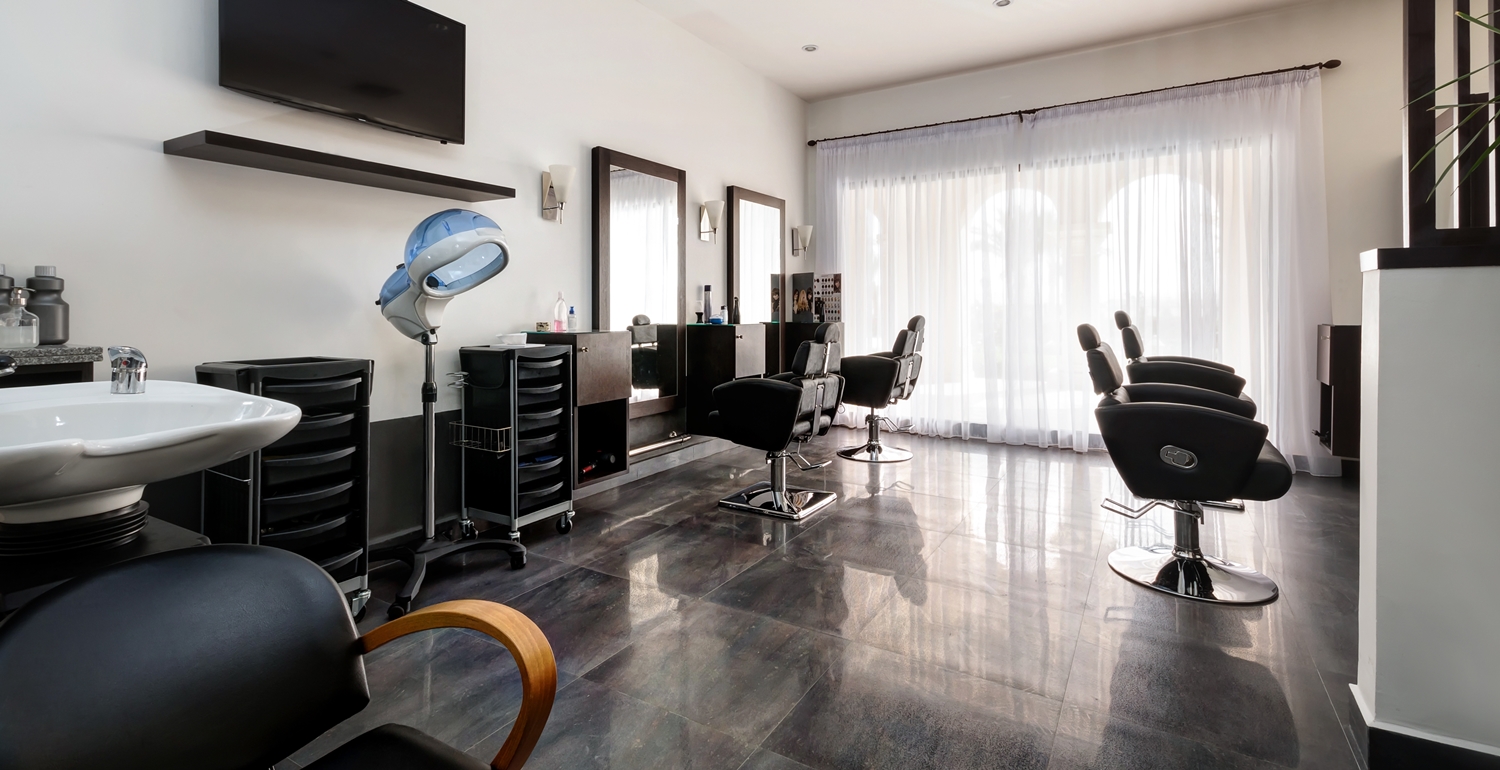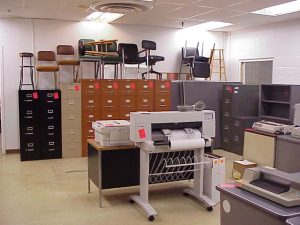According to the Small Business Administration, an estimated 66% of SMEs are likely to survive their first two years in the current climate. This translates into a 34% rate of failure during this time, which is relatively large when you consider the access that small and medium-sized ventures have to technology in the modern age.
There are many reasons why small businesses may fail in the modern age, from initial funding problems and a lack of working capital to external, market forces. Some ventures may also be hampered by a lack of fundamental business knowledge, particularly when it comes to the understanding and management of various commercial assets.
Image: – Ezylearn
3 Core Commercial Assets and How to Manage Them
With this in mind, your first step as an entrepreneur must be to understand the various asset classes that exist within the world of business and commerce. From here, you can develop strategies that enable you to successfully manage these assets and leverage them for the benefit of your business. For example: –
Make Cost and Locations Key Watchwords for Your Commercial Property
Your commercial premises is one of the most important and costly business asset classes, while it also has a seminal impact on the future growth of your venture. As a result of this, there are numerous considerations that can influence your decision when selecting commercial property, so your primary task is to prioritise these factors in a proactive manner.
While the criteria that you prioritise may vary depending on the precise nature of your business, as a general rule it is cost and location that are the most important. When renting property, for example, you must evaluate the precise terms of a proposed lease to determine a cumulative cost going forward, while also ensuring that you can meet recurring, short-term repayments.
When it comes to location, you must make a viable choice based on the nature of your business and the needs of your employees. Similarly, if you own a customer-facing local brand, it is imperative that you select a commercial property within a location that enables you to target core consumer groups.
If you find rental costs prohibitive for your burgeoning start-up, you should also consider how the nature of commercial property has changed in recent times. More specifically, you should consider temporary asset classes such as pop-up retail outlets, as these can reduce long-term costs and provide greater flexibility in line with your growth plan. Conversely, sole traders who have a clearly defined, long-term growth plan may benefit from creating compact home office spaces, at least until they can expand in line with real-time demand and workloads.
Optimise the Human Resources Within Your SME
Often, we forget that our employees are defined as human resources, making them a businesses most important asset class. The human resources within your business are unique as asset classes, however, meaning that you must give careful consideration to the most effective methods of optimising employee output.
Once you recognise employees as core, commercial assets, the next step is to invest strategically in their development and remuneration. Developing the existing skills and value proposition of your employees translates into a direct and measurable financial benefit for your business, while this also represents an investment that delivers a potentially huge return. This is also an excellent way of retaining top, industry talent, which in turn can drive long-term savings on employee acquisition.
When it comes to rewarding and motivating your human resources, bear in mind that the bottom line salary that you offer to employees is no longer the single most effective tactic (particularly among Millennials). Instead, it is better to consider rewards and bonus structures that focus on enhancing your employees work-life balance or reducing their overall cost of living, such as reduce gym memberships (secured through partnerships) or contributing to daily transport costs.
Give Separate Consideration to Capital Assets
Capital assets are another key consideration, although there is a tendency for businesses to manage these in line with other, operational costs. This is a genuine oversight, however, as capital assets are unique and must be given special, separate consideration.
In simple terms, the term ‘capital asset’ is used to describe items of equipment that are hired or purchased for commercial use. Technically, it applies to hardware that is to be used within your venture for more than a year, and can include everything from a desk or a chair to an expensive piece of specialist machinery. These diverse assets are also unique in that they are tax deductible, making them distinct from the everyday running costs of your business.
This unique status offers your venture a unique opportunity to reduce costs, as you can separate out your business expenses and claim tax relief and money back in relation to these purchases.




 Bitcoin
Bitcoin  Ethereum
Ethereum  Tether
Tether  XRP
XRP  Solana
Solana  USDC
USDC  TRON
TRON  Cardano
Cardano  Lido Staked Ether
Lido Staked Ether  Avalanche
Avalanche  Toncoin
Toncoin